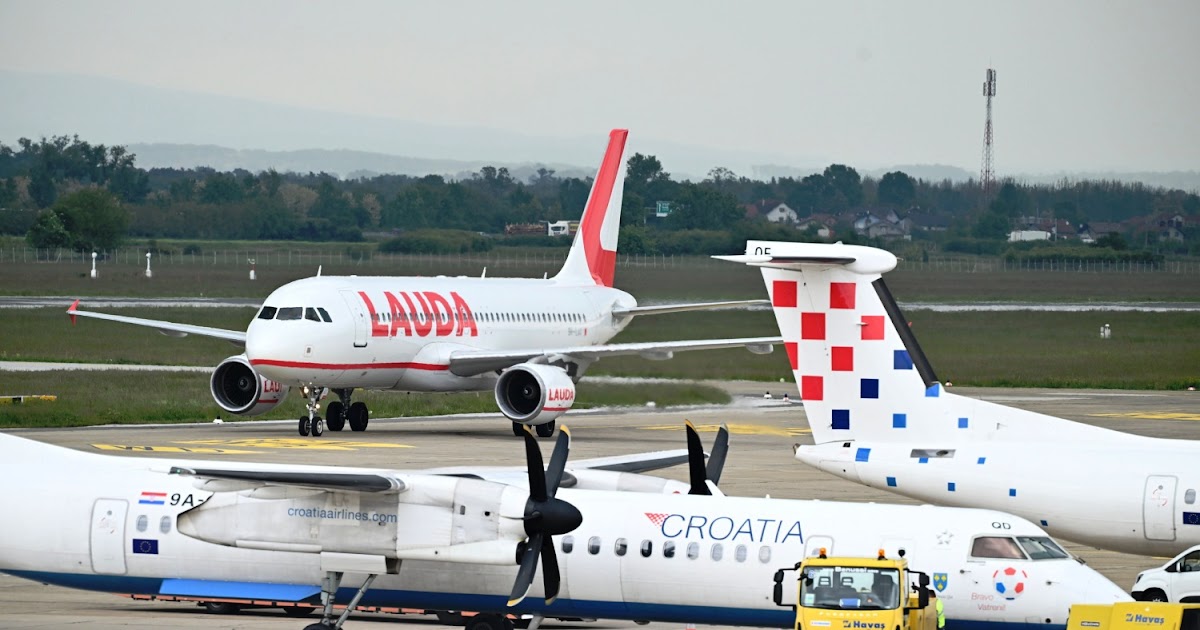Croatia Airlines recorded a decline in passenger numbers in Sarajevo during the first quarter, despite increasing its capacity compared to last year. The drop comes as Ryanair expanded its operations from Bosnia and Herzegovina’s capital in late March and early April. At the same time, Sarajevo has significantly enhanced its connectivity over the past year, with several new carriers launching services to the city.
Based on figures provided by the European Union’s statistical office, Croatia Airlines handled 22.938 passengers between Zagreb and Sarajevo during H1 2025. The figure represents a decline of 13.6% year-on-year and is 24% below 2019 levels. The Croatian carrier increased its capacity on the Zagreb – Sarajevo service this year when compared to last by 1.074 seats, maintaining eleven additional operations compared to 2024. Its average cabin load factor on the route stood at 44%.
Sarajevo has traditionally been an important transfer market for Croatia Airlines, with strong demand for connections via Zagreb to Frankfurt, Amsterdam, London, Paris and Munich. Before the pandemic, 56% of passengers on its Sarajevo service were transfer travellers. The airline now hopes to boost its performance in the second half of the year, supported by new routes launched from Zagreb in July and further network expansion planned for next year with the arrival of additional Airbus A220 aircraft.
Croatia Airlines has a long-standing relationship with Sarajevo Airport. It was the first carrier to resume scheduled flights to Bosnia and Herzegovina’s capital after the war and has since handled over one million passengers on the Zagreb – Sarajevo route. Services initially began with an ATR42 turboprop, later growing to thirteen weekly flights operated by the Dash 8. In 2016, the airline even considered opening a base in Sarajevo and launching several nonstop routes to Western Europe, though the plan never materialised. As Croatia Airlines transitions to an all-A220 fleet, it has indicated that routes such as Sarajevo will be operated by a wet-lease partner using turboprop aircraft.


